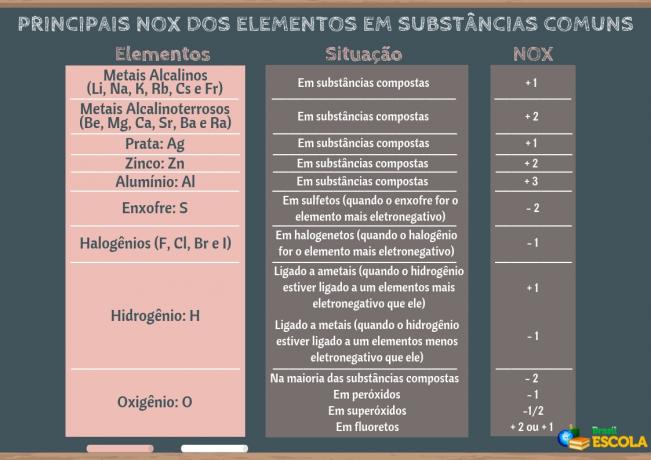Many exercises on Chemical Equilibrium content include calculations that involve the relationship between the equilibrium constants Kç (in terms of concentration) and KP (in terms of gas pressures). If there is any doubt about what these constants represent and how their expressions are written for each equilibrium reaction, read the text Kc and Kp equilibrium constants.
The relationship between these constants is established by the following formulas:
Kç = KP. (R. T)n and KP = Kç. (R. T)-n
But how were these formulas arrived at?
Well, let's consider the following generic reaction where the lowercase letters are the coefficients of the equation and the uppercase letters are the substances (reagents and products), all of which are gaseous:
a A + b B ↔ c C + d D
For such a reaction, the expressions of the equilibrium constants Kc and Kp are, respectively, given by:
Kç = [Ç]ç. [D]d KP = (Praça)ç. (pD)d
[THE]The. [B]B (pA)The. (pB)B
So let's use the Clapeyron equation or gas state equation:
P. V = n. A. T
p = no. A. T
V
The concentration in quantity of matter (in mol/L) of the substances can be calculated by n/V. So, we can make the following substitution in the formula above:
p = [substance]. A. T
Using this formula for each of the reactants and products of the reaction in question, we have:
PTHE = [A]. A. T pB = [B]. A. T pÇ = [C]. A. T pD = [D]. A. T
[A] = __PTHE_[B] = __PB_[C] = __PÇ_[D] = __PD_
A. T R. T R. T R. T
Thus, we can substitute these concentrations in the Kc expression shown above:

But as we've seen, (Praça)ç. (pD)d is exactly the same as Kp. Therefore, we have:
(pA)The. (pB)B
Kç = KP. (R. T)(a + b) - (c + d)
Note that (a + b) – (c +d) is the same as: “sum of the coefficients of the reactants – sum of the coefficients of the products”. So, we can simplify even more like this:
(a + b) – (c +d) = ∆n
So, we come to the formulas that relate Kc and Kp:
Kç = KP. (R. T)∆no or KP = Kç. (R. T)-∆no
Do not stop now... There's more after the advertising ;)
Let's look at some chemical equilibrium reactions and how to determine these expressions for them.
Important note:∆n involves only the coefficients of substances that are in the gaseous state.
N2(g) + 3 H2(g) ↔ 2 NH3(g)
Kç = KP. (R. T)(4 – 2)
Kç = KP. (R. T)2
3 O3(g) ↔ 2 O2(g)
Kç = KP. (R. T)(3 - 2)
Kç = KP. (R. T)1
Kç = KP. A. T
H2(g) + I2(g) ↔ 2 HI(g)
Kç = KP. (R. T)(2 – 2)
Kç = KP. (R. T)0
Kç = KP
CO(g) + NO2(g) ↔ CO2(g)+ NO(g)
Kç = KP. (R. T)(2 – 2)
Kç = KP. (R. T)0
Kç = KP
2 SO3(g) ↔ 2 SO2(g) + O2(g)
Kç = KP. (R. T)(2 – 3)
Kç = KP. (R. T)-1
2 NO2(g) ↔ N2O4(g)
Kç = KP. (R. T)(2 – 1)
Kç = KP. (R. T)1
Kç = KP. A. T
HCl(here) + AgNO3(aq) ↔ AgCl(s) + HNO3(aq)
Kc = not defined – has no gases.
Ç(s) + O2(g) ↔ CO2(g)
Kç = KP. (R. T)(1- 1 )
Kç = KP. (R. T)0
Kç = KP
Note that, in this case, the coefficient of C(s) did not participate.
By Jennifer Fogaça
Graduated in Chemistry
Would you like to reference this text in a school or academic work? Look:
FOGAÇA, Jennifer Rocha Vargas. "Relation between equilibrium constants Kc and Kp"; Brazil School. Available in: https://brasilescola.uol.com.br/quimica/relacao-entre-constantes-equilibrio-kc-kp.htm. Accessed on June 28, 2021.
Chemistry

Test your knowledge and learn more with this list of solved exercises on chemical balances. Through this material, you will be able to better understand how to work equilibrium constants (Kp, Kc and Ki), equilibrium shift, pH and pOH, as well as equilibrium in so-called buffer solutions.

